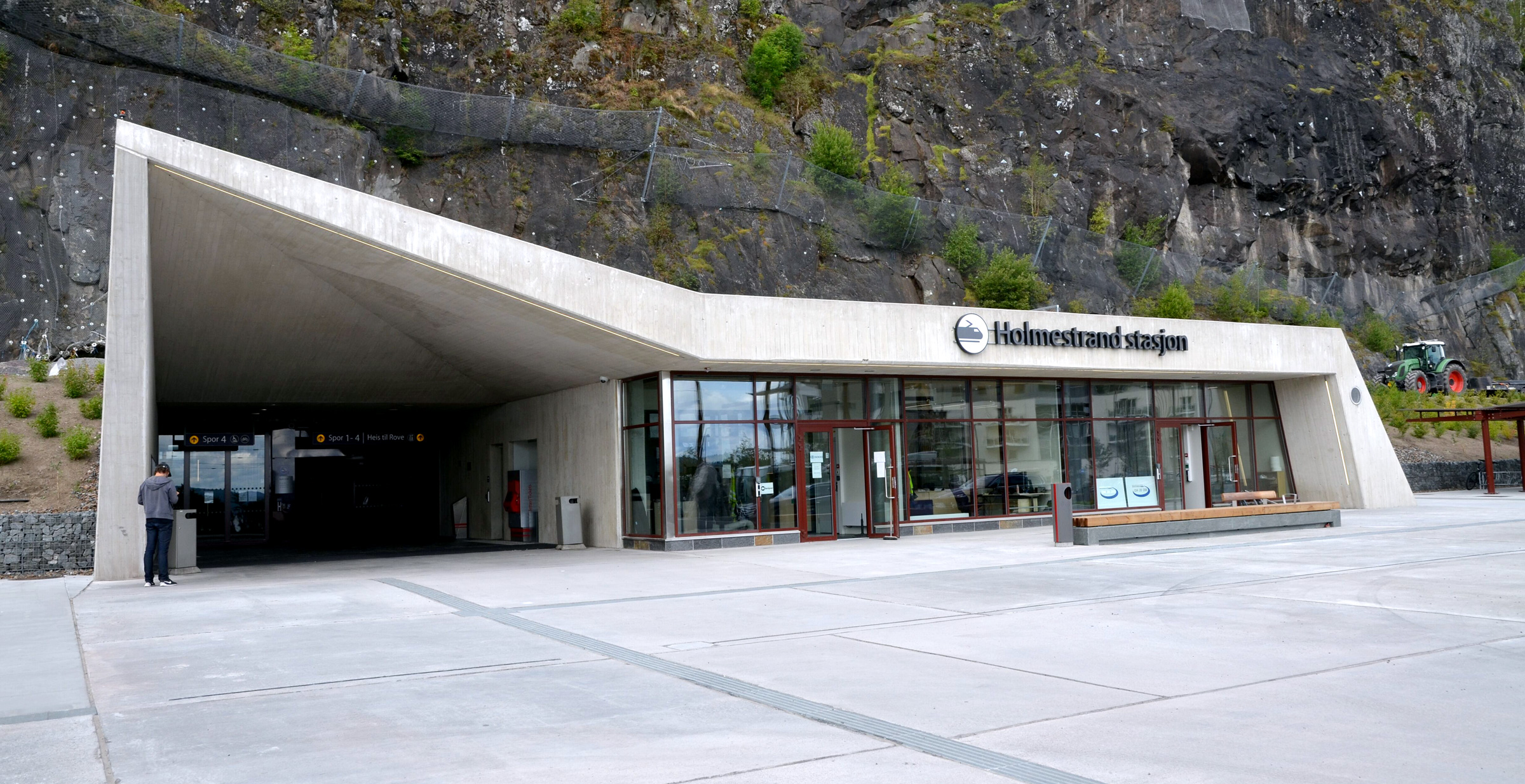Recycling in practice in Levanger, Norway
Recycling and reusing concrete is crucial for reducing waste and carbon footprint in the concrete industry. This is the focus when a landmark in Norwegian town Levanger is now being demolished.
The recently started demolition process of the cement silo at the harbor in Levanger illustrates the importance of these principles. The Norcem silo in Levanger consists of the cement silo from 1964 and unloading rooms on both sides from the late 80s.
The project aims to achieve a sorting degree of at least 90%, and previous experiences show that 90-95% can be achieved with a focus on waste and returns.
Concrete - a significant part of the waste
Concrete is one of the most used building materials in the world and represents a significant part of the waste in the construction industry. Traditionally, concrete waste has been dumped in landfills, which not only leads to a significant burden on the environment but also represents a significant cost for companies.
"Reuse and recycling of concrete are of great importance. When concrete buildings are demolished, the concrete can be crushed and the reinforcement sorted out on-site. We have good experience with this and we use the same equipment that we used in the demolition of silos in Slemmestad recently. When demolition is finished, part of the concrete masses will be used as filling material on-site, while most of it will be reused in a residential project in Verdal municipality," says Håvard Beiteland, Technical Manager at Norcem.
Several benefits resusing concrete
Reuse and recycling of concrete have several benefits. Firstly, it reduces waste production and helps to conserve natural resources. Secondly, it reduces the carbon footprint in the concrete industry, which is a significant factor in combating climate change. Reuse and recycling of concrete also require less energy than the production of new concrete, which means that it is a more cost-effective solution for companies.
In connection with the demolition, the Research and Development Department at Norcem has also taken samples of the concrete to study carbonation of concrete that has been standing for 60 years.
Petter Thyholt, Senior Engineer in the research department of Norcem, says that a rule of thumb is that a concrete structure absorbs approximately 13-15% of the CO2 emissions from cement production during its lifetime. The amount of CO2 that can be recarbonated in concrete depends on the type of cement, concrete quality, and site-specific conditions (rain, outdoor exposure, etc.). Demolished concrete that is crushed can thus be recarbonated to almost 100% if the pieces are small enough and stored in a way that exposes them to air.
In addition to the benefits of reuse and recycling of concrete, it can also be an economically advantageous solution for companies. By reusing the concrete in new building projects, companies can reduce the costs of purchasing new concrete.
In summary, it is evident that the reuse and recycling of concrete are an important practice for reducing waste, conserving natural resources, reducing the carbon footprint in the concrete industry, and being a more cost-effective solution for companies. Norcem's demolition project of the cement silo at the harbor shows how these principles can be implemented in practice.

Sementsiloen på havna i Levanger. Bildet viser rivningen av kontorfløy der man ser konteinere for: isolasjon, trevirke, stål osv. alt el og vinduer er sortert ut før rivning.

Sementsiloen på havna i Levanger. Bildet viser rivningen av kontorfløy der man ser konteinere for: isolasjon, trevirke, stål osv. alt el og vinduer er sortert ut før rivning.

